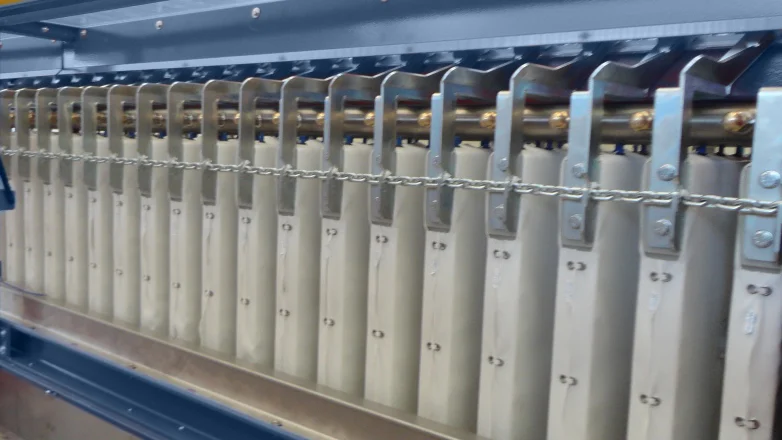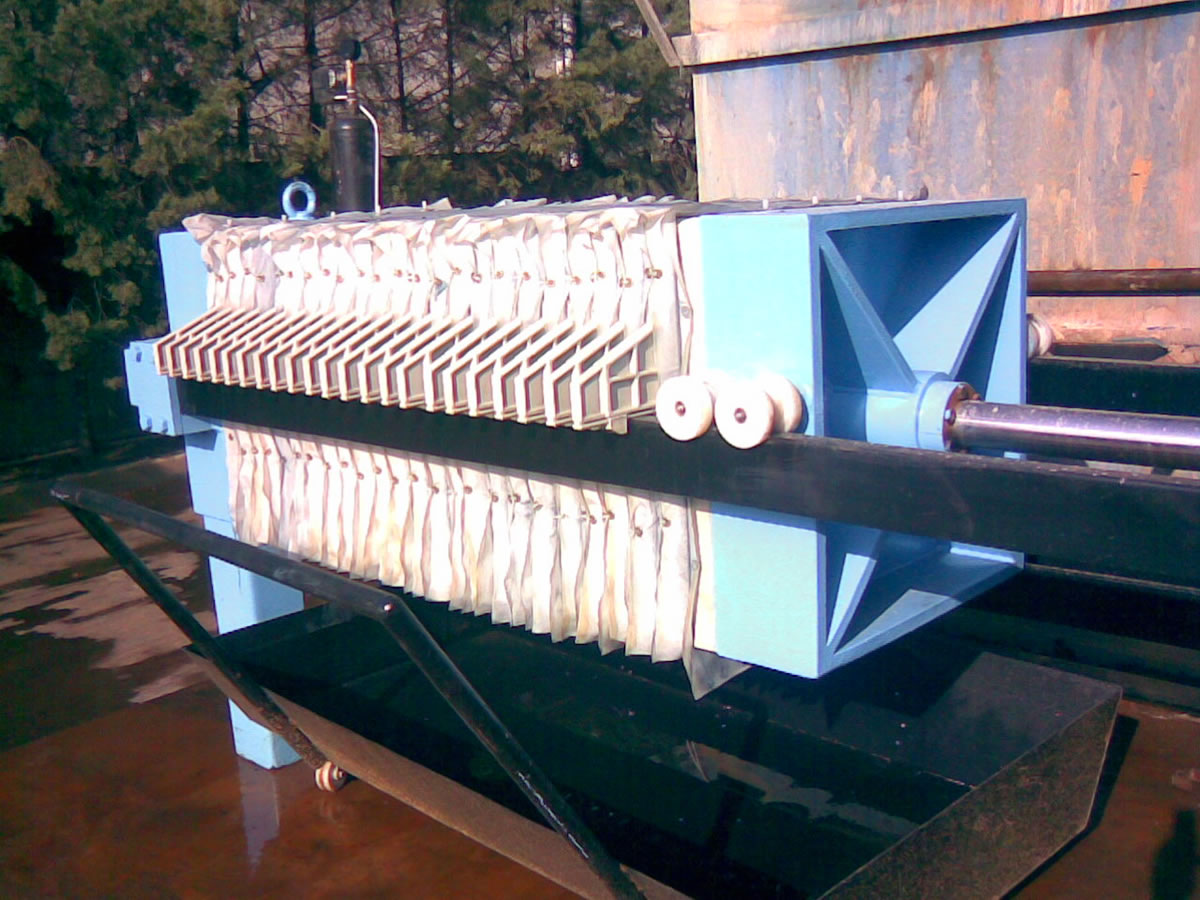Discover the mechanics behind a filter press and gain a comprehensive understanding of how it functions. This informative guide explores the operation and benefits of a filter press in various industries. Whether it’s wastewater treatment or solid-liquid separation, understanding how a filter press works is crucial for selecting the right equipment for efficient filtration processes.
What is a Filter Press?
A filter press is a specialized equipment used for solid-liquid separation:
- Basic Design:
A filter press consists of a series of filter plates with a filter cloth in between, arranged in a stack. These plates are connected by a hydraulic or mechanical system. - Types of Filter Presses:
Different types of filter presses are available, including recessed plate filter presses, membrane filter presses, and plate and frame filter presses, each with unique features and applications.
How Does a Filter Press Work?
The operation of a filter press involves the following steps:
- Filling the Chamber:
The slurry or suspension is pumped into the filter press, filling the chambers between the filter plates. - Filtration:
As the slurry passes through the filter cloth, the liquid component (filtrate) permeates through the cloth, while the solid particles are trapped, forming a filter cake. - Cake Removal:
Once the filtration process is complete, the filter cake is discharged from the filter press by opening the plates and removing the solid material.
Advantages and Applications
Filter presses offer several advantages and find applications in various industries:
- Efficient Solid-Liquid Separation:
Filter presses provide effective separation of solid particles from liquids, ensuring high-quality filtrate and dry filter cakes. - Versatile Applications:
Filter presses are used in industries such as wastewater treatment, chemical processing, mining, pharmaceuticals, and food and beverage, for diverse filtration requirements. - Cost Savings:
By efficiently separating solids from liquids, filter presses reduce disposal costs and enable the recovery of valuable materials.

Common Challenges and Solutions
Filter presses may encounter certain challenges:
- Clogging or Blinding:
The filter cloth can become clogged or blinded by fine particles, affecting filtration efficiency. Regular maintenance and proper cloth selection can mitigate this issue. - Cake Washing:
In some applications, cake washing is required to remove impurities from the filter cake. Specialized techniques such as high-pressure washing or chemical washing can be employed.
Conclusion
Understanding how a filter press works provides valuable insights into its functionality and advantages. Filter presses offer efficient solid-liquid separation, versatile applications, and cost savings in various industries.
By considering the specific requirements of your filtration process and addressing potential challenges, you can leverage the benefits of a filter press for optimal filtration efficiency and productivity.
